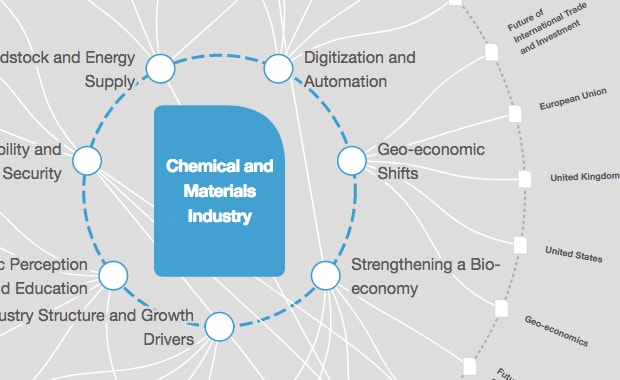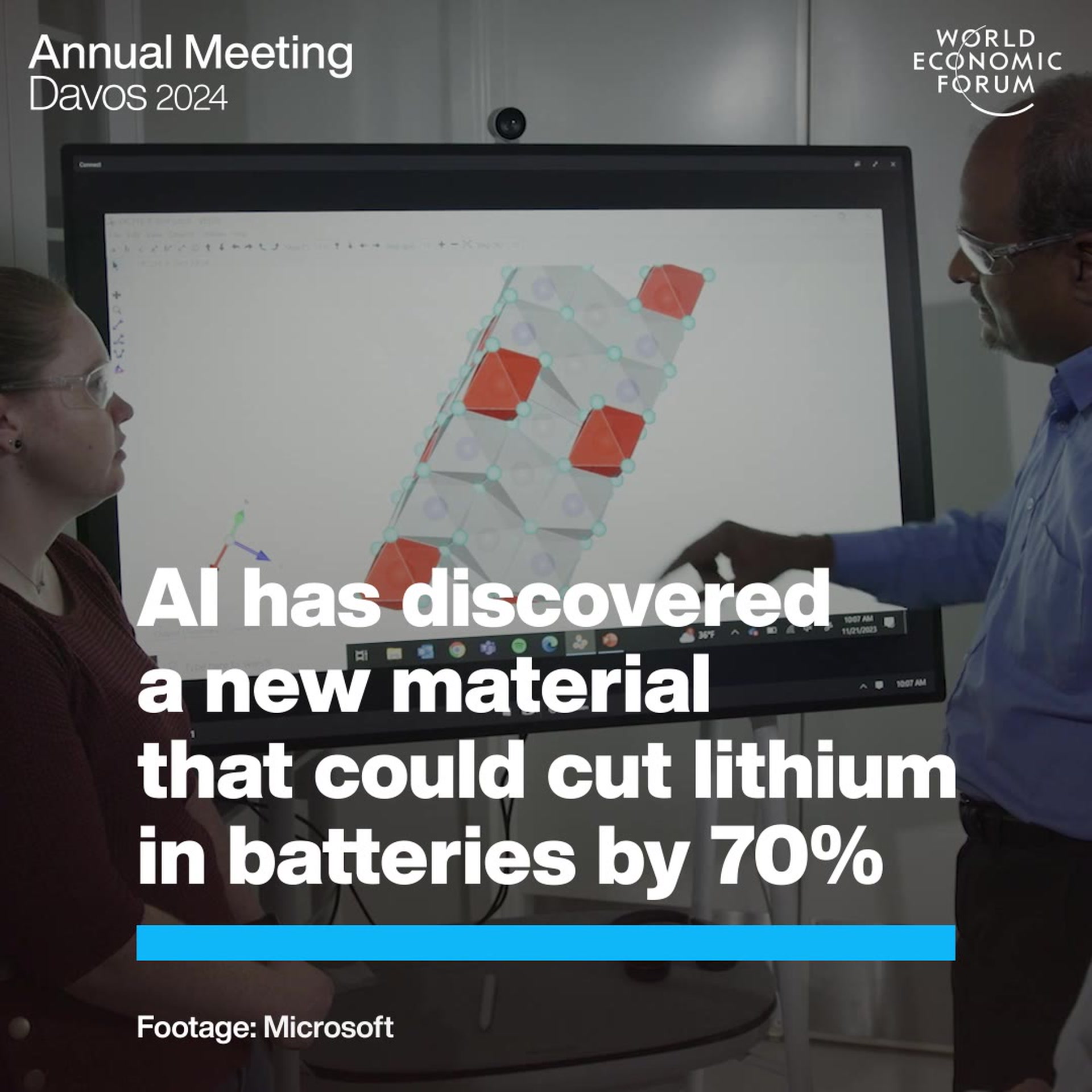How scientists are bridging the gap between our bodies and electronics

A look at the work being done to integrate man and machine. Image: REUTERS/Kevin Lamarque

Get involved with our crowdsourced digital platform to deliver impact at scale
Stay up to date:
Chemical and Advanced Materials
Making a connection
With electronics and technology rapidly advancing, it’s no wonder there are heightened opportunities for bioelectronics and human-computer interfaces in medicine. The biggest challenge these technologies face is creating synergy between the electronic device and the body, so they’re able to communicate at a molecular and macro level.
Scientists from Italy aim to solve this problem by developing a living bio-electronic hybrid system that functionally bridges information between human-made devices and biological systems. The work is detailed in AIP Advances.
The research team first investigated the biocompatibility of a suspect substrate, which is what physically connects electronic devices to the body. The responsiveness of the substrate and the cells adhering to it were tested using light-scanning methods.
These biological materials were connected to an electric component called a memristor, a shortened term for memory resistor. Silvia Caponi, physicist at the Italian National Research Council, explains that depending on the amount of voltage that has been applied to it, it can vary resistance. These make possible the creation of electric circuits that can function similarly to the synaptic connections between neurons.
A seamless interface
While the research only tests the feasibility of such a system, it paves the way for the successful integration of better electronic devices into humans.

Bioelectronic devices have long been in development, and are greatly improving the lives of patients afflicted with different conditions: amputees can feel through prosthetics with tactile sensors, patients with spinal cord injuries are regaining the ability to walk using brain implants, and the blind are regaining the ability to see using bionic eyes that tap directly into the optic nerve. With this bio-hybrid system, seamless interfaces could be on their way.
It’s truly a digital and electronic age. The rapid advances in the devices we develop, when coupled with medicine, are poised to make a massive impact in the well-being of millions of people.
Don't miss any update on this topic
Create a free account and access your personalized content collection with our latest publications and analyses.
License and Republishing
World Economic Forum articles may be republished in accordance with the Creative Commons Attribution-NonCommercial-NoDerivatives 4.0 International Public License, and in accordance with our Terms of Use.
The views expressed in this article are those of the author alone and not the World Economic Forum.
The Agenda Weekly
A weekly update of the most important issues driving the global agenda
You can unsubscribe at any time using the link in our emails. For more details, review our privacy policy.
More on Chemical and Advanced MaterialsSee all
Kate Whiting and Simon Torkington
February 22, 2024
Adam Rothman, Charlie Tan and Jorgen Sandstrom
January 30, 2024
Jemilah Mahmood, Douglas McCauley and Mauricio Cárdenas
January 15, 2024
Ronald Haddock
January 4, 2024
Lee Jongku and Rafael Cayuela
January 4, 2024






